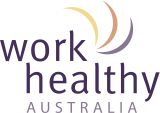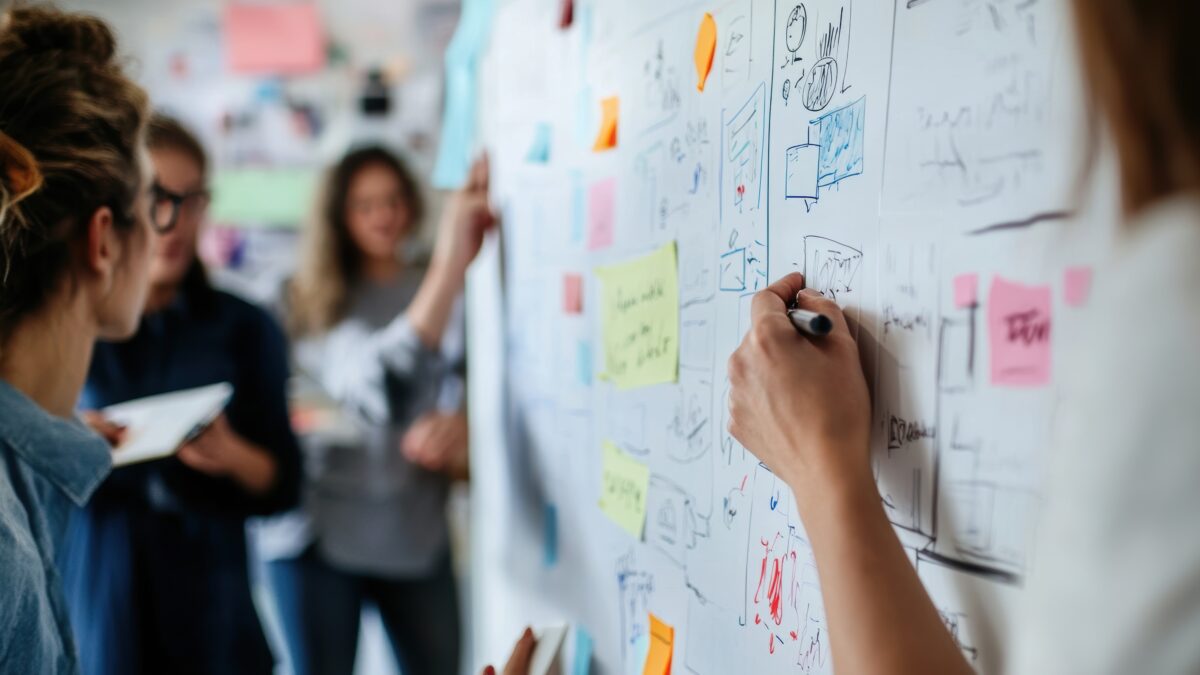
Work Healthy Australia Programs, Research and Development Team brainstorming new OHS products and services
At Work Healthy Australia, innovation is in our DNA. We pioneered the delivery of onsite treatment in the workplace — the first of its kind in Australia — and we continue to build on that foundation with evidence-based, practical solutions for workplace health and safety.
Our Programs, Research and Development team plays a central role in this work, driving continuous improvement through strategy, research and frontline insights. Meet the people behind the programs and how they help shape safer, healthier workplaces.
Matt McClelland: from the field to the office
Matt’s career at Work Healthy Australia began as an onsite Workplace Health Provider – helping workers recover from musculoskeletal injuries and assisting employers in enhancing their workplace health and wellbeing strategies. That hands-on experience provided him with a strong understanding of the complexities presented to organisations with employees completing manual and repetitive work, particularly those in high-risk industries such as food processing and manufacturing.
After a few years of working at Work Healthy Australia, Matt decided to complement his allied health skills with a Graduate Diploma in Occupational Health, Safety and Environment. He then moved into a managerial role as Queensland Operations Manager. With this, and more than seven years of industry experience, Matt worked closely with our clients to translate real-world challenges into practical, compliant solutions. Now, he combines all of his previous experience to assist our Programs team to develop and plan new products and services that will add value for our clients.
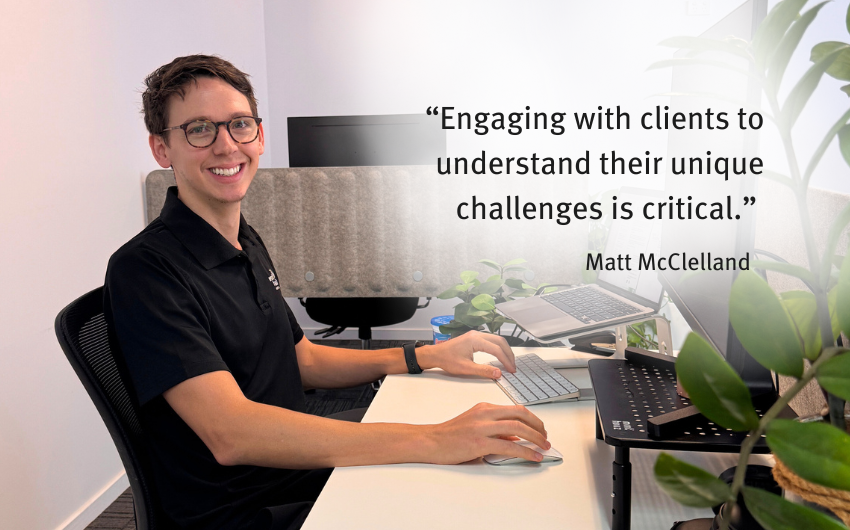
Vanessa Carroll: from practitioner to research
Vanessa’s extensive background in allied health has shaped her practical approach to occupational healthcare. Initially starting with Work Healthy Australia as a Workplace Health Provider, working onsite with injured workers, she then moved into an office-based role as Research and Development Lead. Vanessa has spent the past three years leading research and development initiatives, including our Work Hardening Program and Workplace Pain Education program. Her pragmatic and thorough approach is truly valuable to Work Healthy Australia’s product and service development, and she is an asset to the Programs team.
“My experience treating workers one-on-one showed me how critical it is to design solutions that are not only effective but practical,” she says. “If a solution sounds great on paper but is difficult to implement, it’s not really a solution.”
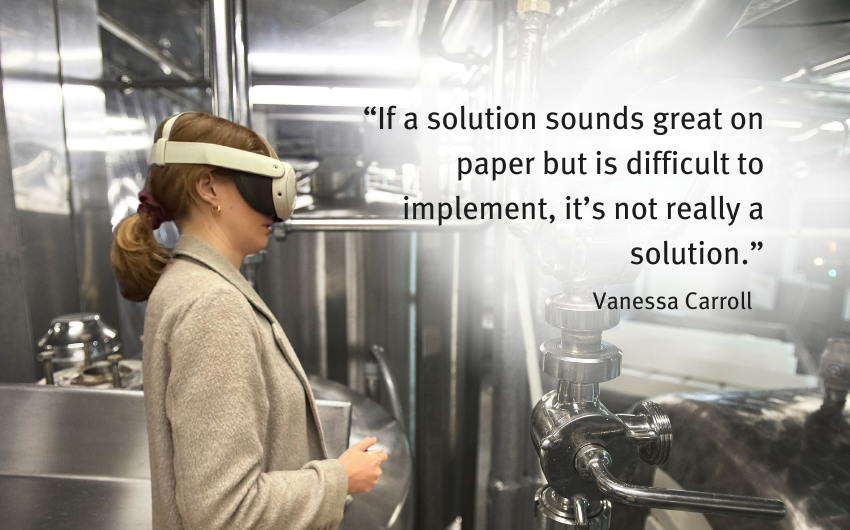
Tina Asfar: driving strategy and innovation
Tina leads the team as Head of Programs, Research and Development. Since starting at Work Healthy Australia in 2018 in the Finance team, she has applied her background in finance, logistics and procurement to operationalise innovation across the business. Tina is passionate about understanding our clients’ needs, adding value, and ensuring that our services remain responsive and future-focused.
“Adaptability and continuous improvement are crucial in occupational health and safety,” she says. “We work closely with clients to understand their needs and design solutions that help build thriving, healthy workforces.”
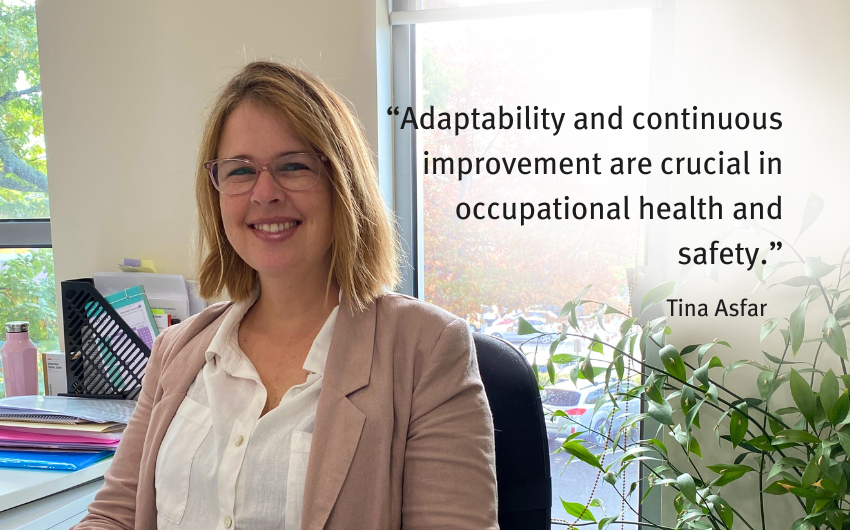
Designing solutions that work
Tina, Matt, and Vanessa are united by a commitment to improving safety outcomes through tailored, evidence-based solutions. They support businesses by translating legislative changes into practical guidance, reducing risks in hazardous manual handling environments, and identifying opportunities for continuous improvement.
“It’s not just about compliance — it’s about improving worker wellbeing and performance,” Vanessa explains. “Our goal is to make it easier for clients to deliver safer, healthier workplaces,” Tina adds.
When developing new products and services, the team puts practicality and client feedback front and centre. “Engaging with clients to understand their unique challenges is critical,” says Matt. “By combining their feedback with current legislative requirements, we can design solutions that work in the real world — not just on paper.”
Vanessa echoes this, noting that implementation matters just as much as design. “If a solution sounds great but is difficult to implement or control, it’s not the right solution. It needs to work within the business’s existing structure.”
Tina reinforces the importance of staying ahead of change. “The business landscape is always evolving. We need to remain flexible and continuously refine our offerings to stay ahead of industry trends.”
If a solution sounds great but is difficult to implement or control, it’s not the right solution. It needs to work within the business’s existing structure.
Vanessa Carroll
The biggest impact in workplace health and safety
When asked about the most influential changes in work health and safety (WHS), the team identified three key shifts shaping best practice today.
For Matt, the ongoing process of harmonising the WHS legislation stands out. “National consistency means businesses don’t have to manage multiple state-specific frameworks — they can focus more on improving safety outcomes.”
Vanessa points to the adoption of participatory ergonomics — the practice of involving workers in safety solution design. “People who experience the challenges firsthand are the best source of insight when it comes to solving them.”
Tina highlights the rising focus on whole-person health (also referred to as the ‘biopsychosocial approach’), where physical, mental and social wellbeing are treated as interconnected and equally important. “This holistic approach supports individual health and improves organisational resilience,” she says.
What’s next for WHS?
Looking ahead, the team anticipates a shift from reactive safety models to proactive, integrated strategies.
“Good Work Design is already a term we’re starting to see more of,” Matt says. He believes workplaces will be guided by legislation from simply preventing injuries to actively designing environments and workflows that promote health and wellbeing. Vanessa agrees, adding: “Health and safety will expand to cover the whole person — physical, mental and social wellbeing. You can’t separate them anymore.”
Tina sees early intervention and prevention becoming business-critical: She believes that embedding these strategies into day-to-day operations will be essential for organisations that want to stay adaptive and resilient.
Collaboration: the key to innovation
The Programs, Research and Development team believes that the best solutions are created in partnership with clients. Open communication, mutual trust and client feedback are central to the team’s approach.
“The best ideas come directly from the challenges our clients are facing, ” says Tina. By embedding collaboration into every stage of development, the team ensures each solution is fit-for-purpose and responsive to the real needs of today’s workplaces.
With a team of strategic thinkers and hands-on experts, Work Healthy Australia is well-positioned to support businesses in navigating the future of workplace health and safety.
Sign up to our monthly enewsletter
"*" indicates required fields
